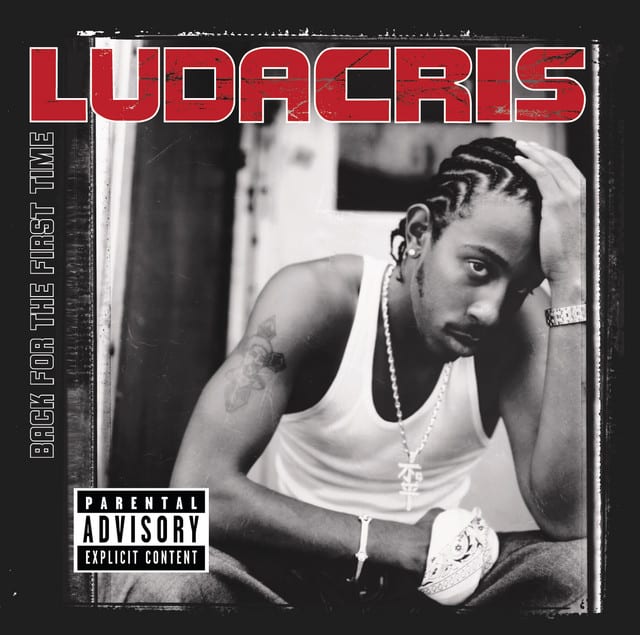Released: 2001 • Features: Fate Wilson, Keon Bryce
In the track “Growing Pains,” Fate Wilson, Keon Bryce, and Ludacris transport us back to their days of youth, vividly painting the struggles, trials, and everyday life of growing up in a tough neighborhood. They use their formative years in College Park, Georgia as a backdrop to illustrate the grey area between the audacity of hope and the sobering realities of the streets.
The hook sung by Keon Bryce, sets the tone of the track, expressing the tight-knit camaraderie essential for survival: “We were tryin’ so hard, hard to survive … it was me and my crew.” This chorus speaks to the shared struggle and resilience amidst adversities that the artists experienced as kids.
Ludacris kicks off the first verse with a nostalgic glimpse into his childhood. He lays bare the details of his past, remembering “high rights, low lefts,” which refer to unique hairstyles, and “Stevens and fades,” which are both types of haircuts. He reminisces about fashion trends like “high tech boots,” “troops,” “Lottos,” and “B K’s,” all popular brands in the ’90s. He recounts tragedies too, such as a classmate who committed suicide, illustrating the harsh realities of life in College Park.

Verse two, delivered by Fate Wilson, takes us deeper into his unconventional childhood. He recounts playing with toys like “Transformers, G.I. Joe’s and Thundercats,” but also the early onset of street violence which “had folks scared to come through College Park after dark.” Wilson didn’t shy away from naming the infamous Atlanta Child Murderer, Wayne Williams, asserting that his presence didn’t deter them from being kids and having fun.
He gets specific about the streetwise games they played, where touching a girl “on the ass” earns you a bet, and taking someone’s Kool-Aid means asserting dominance and control. The verse wraps up with a tribute to his neighborhood, with Wilson stating, “it’s Lil’ Fate payin homage to College Park,” using his childhood nickname to further cement the authenticity of his narratives.
Ludacris’ verse, the third one, is all about dreaming, despite the lack of resources and opportunities. His lyrics, “I had a Long John but no Silver, no gold or plat I was simply red from the years, I been holdin’ back,” represent the struggles of a child born in a neighborhood rampant with poverty, trying to navigate life and make something out of nothing.
He reveals how his environment shaped his dreams, affecting his aspirations of “Cadillacs, wood wheels and plush seats.” The mention of “Macks with no grief,” alludes to a desire for a peaceful life, devoid of the violence that usually surrounds the possession of macks, slang for powerful guns.
Ultimately, “Growing Pains” is an introspective journey into the past, where each verse is a testament to overcoming hardship. The song presents a vivid narrative of the realities faced by children in neighborhoods like College Park, where survival can overshadow innocence and dreams.
The final repetition of the chorus underlines the strength in unity and the necessity for resilience, “We were tryin’ so hard, hard to survive … It was me and my crew.” The song thereby, uses nostalgia not merely as a sentiment, but as a powerful tool to underline the determination arising from the trials and tribulations of their formative years.
What Ludacris, Fate Wilson, and Keon Bryce succeed in doing with “Growing Pains,” is not only painting a vivid picture of their past, but also highlighting the resilient spirit that their environment cultivated. The song serves as a celebration of their growth from those young boys in College Park to the successful artists they are now.








